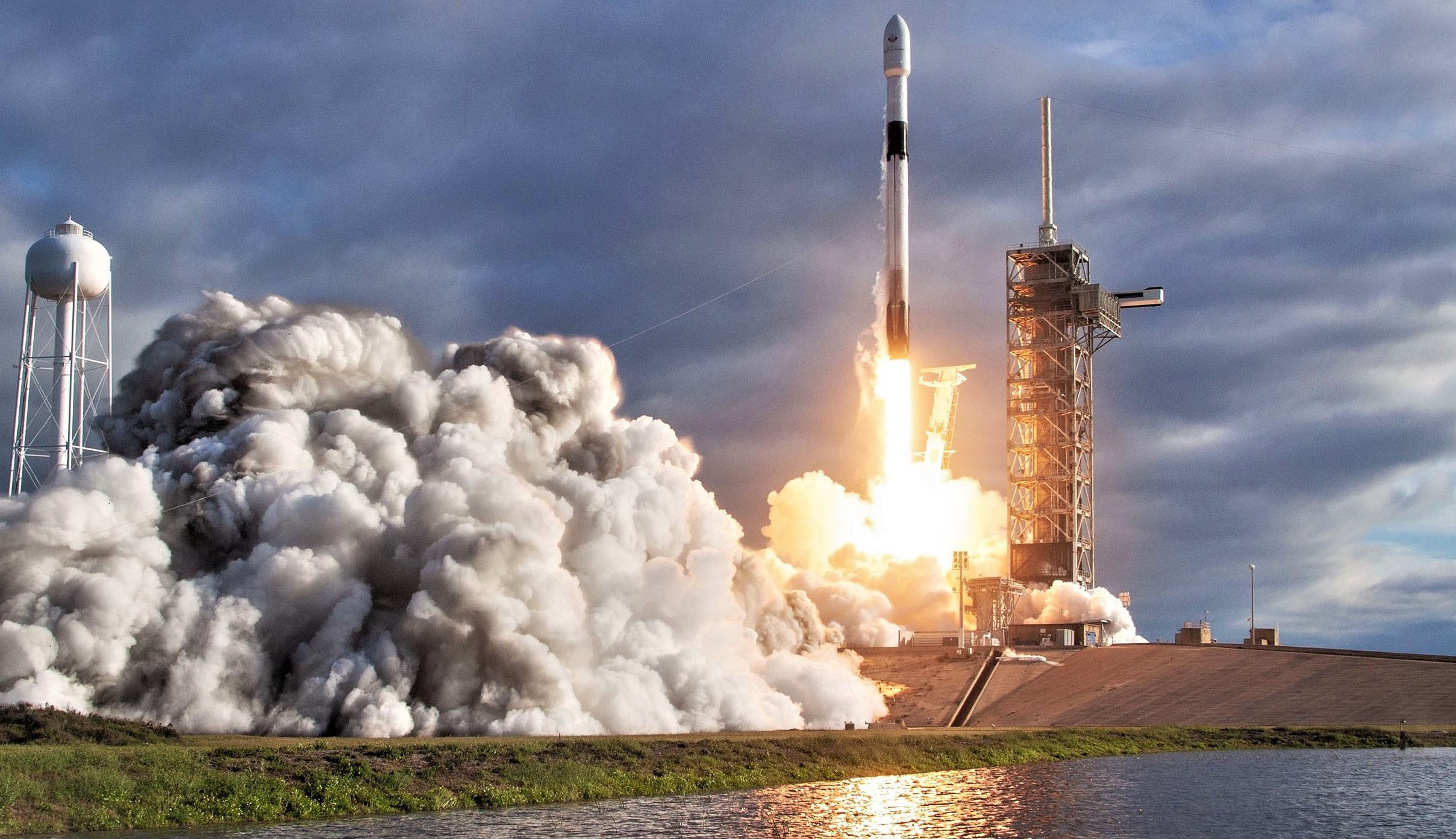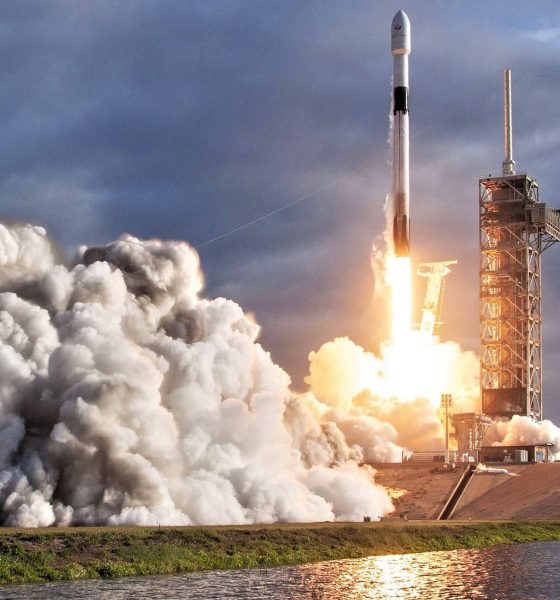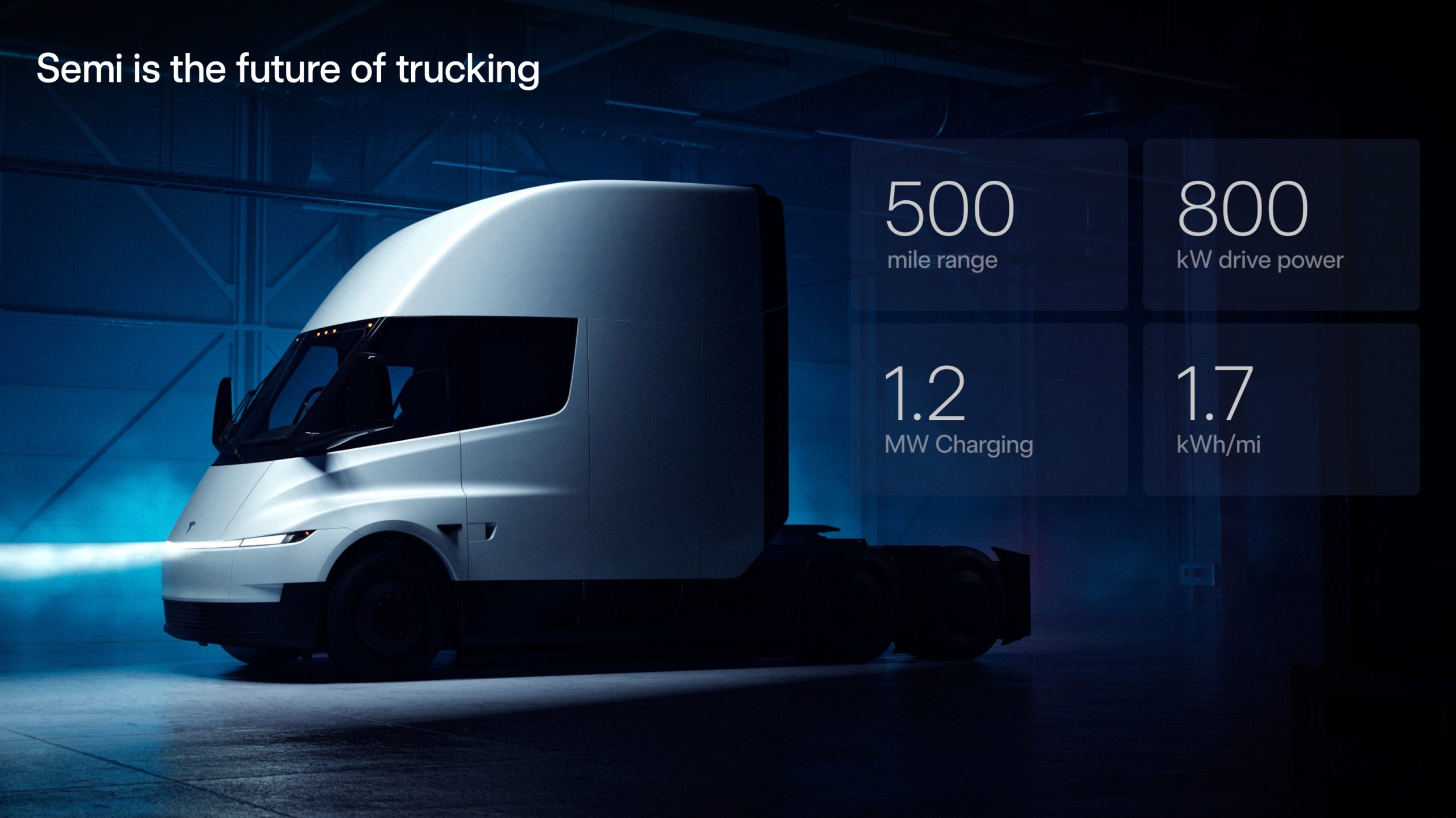

News
SpaceX’s Falcon 9 could launch multiple private Moon landers in the 2020s
NASA has announced awards worth $253M for three commercial Moon landers, scheduled to attempt their first lunar missions as early as 2020 or 2021. SpaceX’s Falcon 9 rockets is reportedly scheduled to launch at least two of the three spacecraft.
Known as the Commercial Lunar Payload Services (CLPS), the NASA program was created in 2018 to both take advantage of and expand a small undercurrent of commercial lunar spacecraft development. Including NASA’s latest awards, more than half a dozen companies are now seriously pursuing the production of commercial or partially commercial Moon-bound spacecraft, all with launch debuts sometime in the early 2020s. For the majority of those companies, the mixture of performance and affordability offered by SpaceX’s Falcon 9 is a critical enabler.
A waxing Moon
Although the practical motivations are unclear (if not nonexistent), a moderately organized return to the Moon is undeniably in the political air thanks to the European Space Agency’s (ESA) interest in a “Moon Village” and NASA’s own crewed “Artemis” program. Both are chronically conceptual, underfunded, over-ambitious, and to be preceded by far more realistic public-private partnerships that aim to land maybe 10-100 kg of usable payload on the Moon in the next 2-5 years.
Launched as a Falcon 9 rideshare passenger, a partnership between Israel’s IAI and SpaceIL became the first commercial team to orbit the Moon with its Beresheet spacecraft but fell just shy of a successful landing due to a fairly minor software issue. SpaceIL/IAI have already begun planning a follow-up attempt.
| Company | Spacecraft | Launch Vehicle | Launch Date |
| OrbitBeyond | Z-01 | Falcon 9 | Q3 2020 |
| iSpace | HAKUTO-R | Falcon 9 | mid-2020 |
| Intuitive Machines | Nova-C | Falcon 9 | Q3 2021 |
| Astrobotic | Peregrine | Atlas V? | Q3 2021 |
| SpaceIL/IAI | Beresheet 2 | TBD | TDD |
| PTScientists | ALINA | Falcon 9? | TBD |
| Moon Express | MX-1 | TBD | TBD |



Thanks to SpaceX, Spaceflight, and SpaceIL’s successful demonstration of rideshare launch services as a viable method of sending spacecraft to the Moon, Falcon 9 (and perhaps Falcon Heavy) have been set up as excellent choices for any future commercial Moon landers. Given that 3 or 4 of the 5 landers with known launch vehicles are at least tentatively manifested on Falcon 9s, it’s clear that the industry is also aware of this fact.
Although most of the above companies have more ambitious (and thus larger) next-generation vehicles planned, it’s likely that all of the above launch debuts will be light enough to ride as copassengers on rockets like Falcon 9, Atlas V/Vulcan, or Ariane 5/6. At least for some of the companies aiming for the Moon, technical success could be quickly followed by commercial services that would offer regular launches to the lunar surface. Several companies have hinted at payload costs as low as $1-2M per kilogram delivered, an understandable premium that could actually transform commercial lunar transport services into a viable business.

Whether that market develops, the first burst of commercial landing attempts is set to make 2020 and 2021 an exciting time for both public and private space exploration.
Check out Teslarati’s Marketplace! We offer Tesla accessories, including for the Tesla Cybertruck and Tesla Model 3.

News
Tesla Cybercab tests are going on overdrive with production-ready units
Tesla is ramping its real-world tests of the Cybercab, with multiple sightings of the vehicle being reported across social media this week.

Tesla is ramping its real-world tests of the Cybercab, with multiple sightings of the autonomous two-seater being reported across social media this week. Based on videos of the vehicle that have been shared online, it appears that Cybercab tests are underway across multiple states.
Recent Cybercab sightings
Reports of Cybercab tests have ramped this week, with a vehicle that looked like a production-ready prototype being spotted at Apple’s Visitor Center in California. The vehicle in this sighting was interesting as it was equipped with a steering wheel. The vehicle also featured some changes to the design of its brake lights.
The Cybercab was also filmed testing at the Fremont factory’s test track, which also seemed to involve a vehicle that looked production-ready. This also seemed to be the case for a Cybercab that was spotted in Austin, Texas, which happened to be undergoing real-world tests. Overall, these sightings suggest that Cybercab testing is fully underway, and the vehicle is really moving towards production.
Production design all but finalized?
Recently, a near-production-ready Cybercab was showcased at Tesla’s Santana Row showroom in San Jose. The vehicle was equipped with frameless windows, dual windshield wipers, powered butterfly door struts, an extended front splitter, an updated lightbar, new wheel covers, and a license plate bracket. Interior updates include redesigned dash/door panels, refined seats with center cupholders, updated carpet, and what appeared to be improved legroom.
There seems to be a pretty good chance that the Cybercab’s design has been all but finalized, at least considering Elon Musk’s comments at the 2025 Annual Shareholder Meeting. During the event, Musk confirmed that the vehicle will enter production around April 2026, and its production targets will be quite ambitious.
News
Tesla gets a win in Sweden as union withdraws potentially “illegal” blockade
As per recent reports, the Vision union’s planned anti-Tesla action might have been illegal.

Swedish union Vision has withdrawn its sympathy blockade against Tesla’s planned service center and showroom in Kalmar. As per recent reports, the Vision union’s planned anti-Tesla action might have been illegal.
Vision’s decision to pull the blockade
Vision announced the blockade in early December, stating that it was targeting the administrative handling of Tesla’s facility permits in Kalmar municipality. The sympathy measure was expected to start Monday, but was formally withdrawn via documents sent to the Mediation Institute and Kalmar Municipality last week.
As noted in a Daggers Arbete report, plans for the strike were ultimately pulled after employer group SKR highlighted potential illegality under the Public Employment Act. Vision stressed its continued backing for the Swedish labor model, though Deputy negotiation manager Oskar Pettersson explained that the Vision union and IF Metall made the decision to cancel the planned strike together.
“We will not continue to challenge the regulations,” Petterson said. “The objection was of a technical nature. We made the assessment together with IF Metall that we were not in a position to challenge the legal assessment of whether we could take this particular action against Tesla. Therefore, we chose to revoke the notice itself.”
The SKR’s warning
Petterson also stated that SKR’s technical objection to the Vision union’s planned anti-Tesla strike framed the protest as an unauthorized act. “It was a legal assessment of the situation. Both for us and for IF Metall, it is important to be clear that we stand for the Swedish model. But we should not continue to challenge the regulations and risk getting judgments that lead nowhere in the application of the regulations,” he said.
Vision ultimately canceled its planned blockade against Tesla on December 9. With Vision’s withdrawal, few obstacles remain for Tesla’s long-planned Kalmar site. A foreign electrical firm completed work this fall, and Tesla’s Careers page currently lists a full-time service manager position based there, signaling an imminent opening.
News
Tesla Semi program Director teases major improvements

Tesla Semi Program Director Dan Priestly teased the major improvements to the all-electric Class 8 truck on Thursday night, following the company’s decision to overhaul the design earlier this year.
Priestley said he drove the Semi on Thursday, and the improvements appear to be welcomed by one of the minds behind the project. “Our customers are going to love it,” he concluded.
Just drove the redesigned Semi. Our customers are going to love it. https://t.co/KZ88sf1CDL
— Dan Priestley (@danWpriestley) December 19, 2025
The small detail does not seem like much, but it is coming from someone who has been involved in the development of the truck from A to Z. Priestley has been involved in the Semi program since November 2015 and has slowly worked his way through the ranks, and currently stands as the Director of the program.
Tesla Semi undergoes major redesign as dedicated factory preps for deliveries
Tesla made some major changes to the Semi design as it announced at the 2025 Annual Shareholder Meeting that it changed the look and design to welcome improvements in efficiency.
Initially, Tesla adopted the blade-like light bar for the Semi, similar to the one that is present on the Model Y Premium and the Cybertruck.
Additionally, there are some slight aesthetic changes to help with efficiency, including a redesigned bumper with improved aero channels, a smaller wraparound windshield, and a smoother roofline for better aero performance.
All of these changes came as the company’s Semi Factory, which is located on Gigafactory Nevada’s property, was finishing up construction in preparation for initial production phases, as Tesla is planning to ramp up manufacturing next year. CEO Elon Musk has said the Semi has attracted “ridiculous demand.”
The Semi has already gathered many large companies that have signed up to buy units, including Frito-Lay and PepsiCo., which have been helping Tesla test the vehicle in a pilot program to test range, efficiency, and other important metrics that will be a major selling point.
Tesla will be the Semi’s first user, though, and the truck will help solve some of the company’s logistics needs in the coming years.








